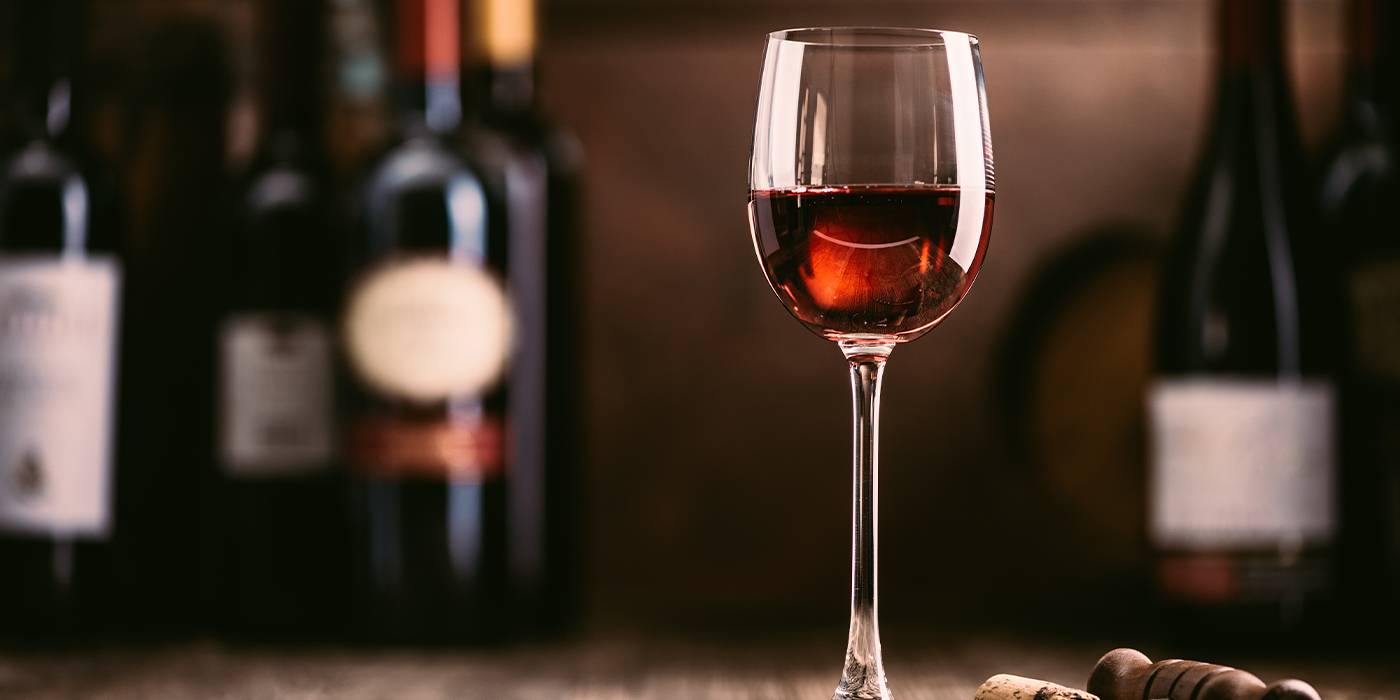What is still wine?
Discover what still wines are, how they are made and how they differ from sparkling wines – don't miss this opportunity to learn more!

Eva Pizarro
Sommelier at Fierro restaurant and trainer at Tandem Gastronómico.
What do we mean when we talk about still wines?
According to the European Law on Wine still wines are those that are produced using a natural fermentation process with the yeast in the grape must and in which there is no concentration of carbonic gas, thereby differentiating these wines from sparkling wines. Moreover, they must not contain any added alcohol.
Therefore, still wines account for most of the wine that we can find in our local stores. So which wines are not still wines?
- First and foremost, sparkling wines: which contain gas that is dissolved during the second fermentation process in the bottle or other methods authorised in different regions. If you would like to read some more on this subject, take a look at our article on Cava and Champagne.
- This also excludes fortified wines: those whose alcohol content is achieved by adding wine alcohol. These wines can reach alcohol contents of up to 18º.
- Liqueur wines are also excluded, which are liqueurs that are made from wine or must as the “base product” to which alcohol, spirits or distilled drinks from grapes are added.
So now that we know what they are, let's take a look at them:
- White wines.
- Rosé wines.
- Red wines.
- Orange wines.
They can be dry, sweet or semi-sweet, and can be aged for different periods, ranging from young wines to Gran Reserva wines.
Don’t miss out on the huge variety of available wines, you’re sure to find one for each occasion at your local Consum supermarket.

What do you think about?
Share comments, opinions and tricks with the Community







